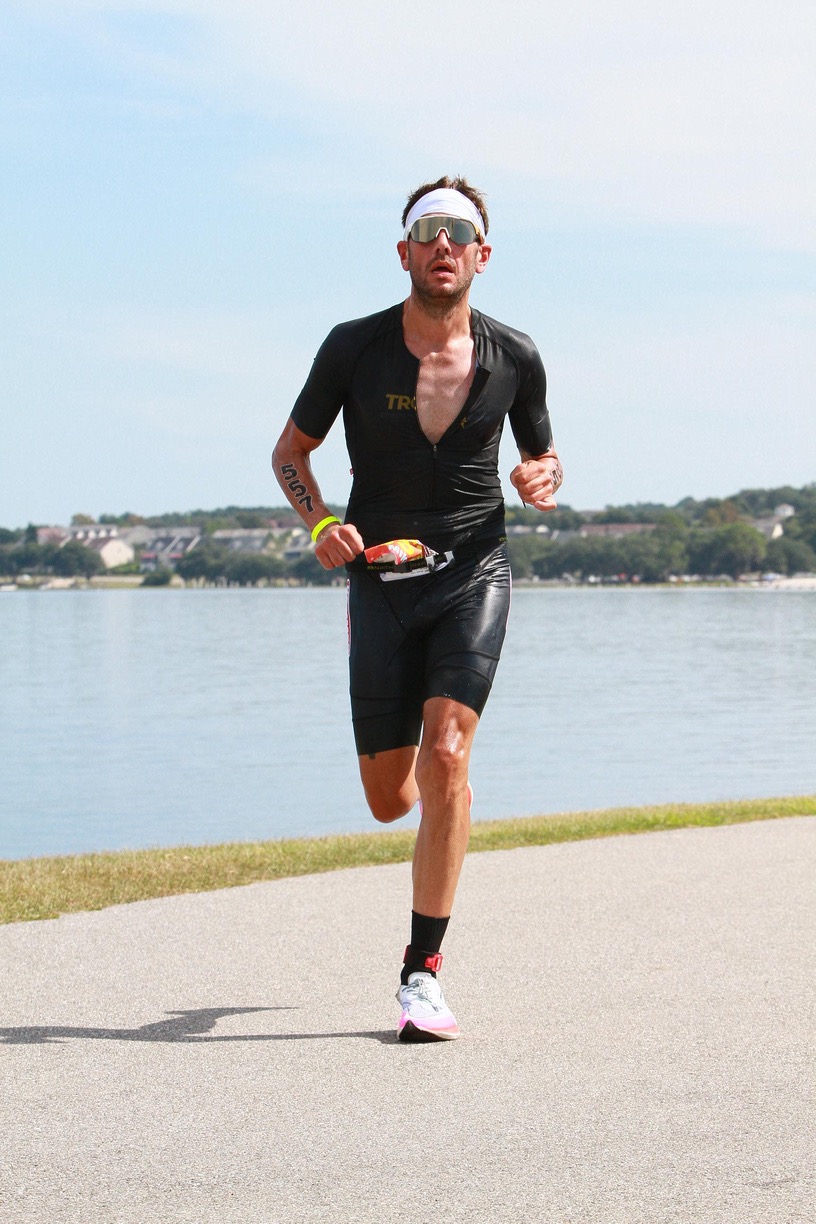The Offseason Blueprint To Become A Faster Swimmer
- Mike Mason
- Oct 17
- 3 min read
For most triathletes, the offseason is when the bike gets a little slower, the run gets a little shorter, and the swim often gets ignored. But winter is actually the best time to make real, lasting progress in the water, but also on the bike and run. Without the pressure of racing, you can really focus on building better mechanics, fitness, and confidence that will carry into spring and race season.
Here’s how I help my athletes find the speed in winter base training.
⸻
1. Shift From Volume to Quality
You don’t need endless yardage this time of year. Winter is for technical development, refining the small details that will make you faster later.
Instead of 3,000+ yard “junk” sessions, focus on shorter, higher-quality swims where every length has intention.
Key Focus Areas:
• Body position — Stay long and horizontal; eliminate drag.
• Catch and pull — Feel the water early and maintain pressure through the stroke.
• Breathing rhythm — Smooth, relaxed breathing sets up the rest of your form.
Coach Tip: Record yourself underwater or work with a coach on video feedback. Seeing what you’re doing wrong is the fastest path to fixing it. Proper form is where speed is found or lost.
⸻
2. Build Strength in and out of the Pool
Most triathletes lack upper-body endurance and stability for efficient swimming. Strength work, when done correctly, can close that gap fast.
Dryland Workouts to Include 2–3x/week:
• Resistance band pulls (simulate catch and pull phase)
• Lat pull-downs / seated rows for pulling strength
• Core work (planks, rotational movements, stability exercises)
Combine these with technique-focused swim drills like sculling, catch-up, or single-arm drills to reinforce the muscle patterns you build on land.
⸻
3. Train with Purpose in the Pool
Each swim, every workout actually, should have a clear intent, not just “get the yards in.” Alternate between technique days, aerobic base work, and threshold sets.
Example Winter Swim Week:
• Monday: Technique & Drills – 1,800m focusing on body position, sculling, and balance
• Wednesday: Aerobic Base – 2,500–3,000m steady, working form under light fatigue
• Friday: Threshold Intervals – 10×100m @ moderate-hard effort with 15s rest
• Optional Weekend: Short open water simulation or pull-focused session
⸻
4. Use Tools Wisely
Paddles, pull buoys, snorkels, and fins can be great when used correctly.
But: don’t hide behind them. Tools should enhance awareness, not replace good technique.
For example:
• Snorkel: Helps focus on body alignment and rotation.
• Paddles: Build feel and power, but use sparingly to avoid shoulder overload.
• Fins: Great for improving kick rhythm and ankle flexibility.
⸻
5. Focus on Frequency
When it comes to swimming, frequency beats duration. Three to four shorter swims per week will do far more for your mechanics and muscle memory than one or two long ones.
Think of it this way, every time you touch the water, you’re teaching your body the movement patterns you want on race day. The more you repeat those movements with precision, the more efficient you become.
⸻
6. Develop Feel for the Water
The best swimmers don’t just move through the water, they connect with it.
This “feel” is hard to describe but easy to recognize: it’s when your hand and forearm anchor into the water and you feel like you’re pulling yourself forward rather than pushing water back.
Drills that help develop this:
• Sculling (front, mid, and rear positions)
• Dog paddle drill
• Fingertip drag
The more time you spend consciously working on that connection, the faster your progress will be when race prep begins.
⸻
7. Track Progress Beyond Times
During the offseason, times may not always show improvement, but efficiency will.
Track other metrics:
• Stroke count per 25m
• Heart rate vs pace (are you going faster with less effort?)
• Perceived effort — how smooth does the stroke feel?
Sometimes the biggest gains show up as lower fatigue and smoother form, long before you see seconds drop on the clock.
⸻
Final Thoughts
Winter swim training isn’t about grinding miles, it’s about craftsmanship. This is your window to fix inefficiencies, strengthen your foundation, and prepare your body to translate form into speed once you return to race-specific work in the spring.
When race season comes, will you be swimming faster, smoother, and with far less effort or will it be another year of dreading the swim leg?
With proper coaching and structure you can make 2026 your best swimming year possible!




Great article!